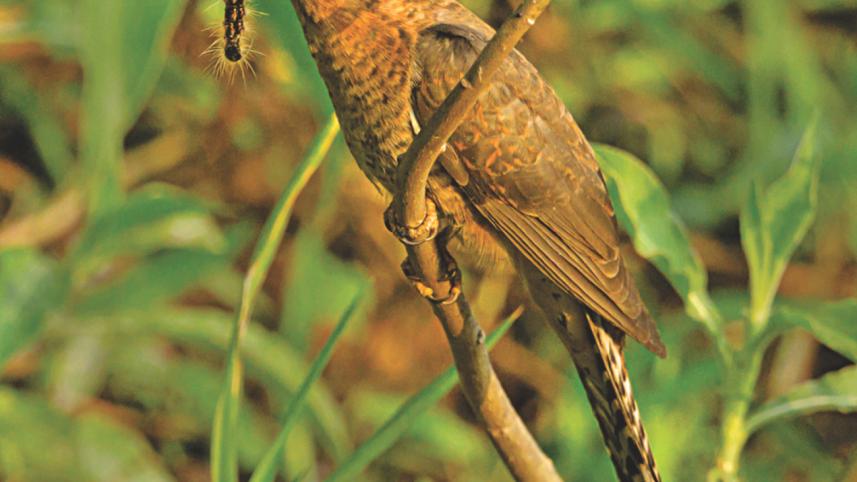Finches, Beaks and Darwin

When Charles Darwin started his voyage from England to South America on board the H.M.S. Beagle in 1831, he was twenty-two and, having completed studying at Cambridge, was looking forward to becoming a pastor in rural England. His official position was ship's naturalist. He was also gentleman companion to ship's Captain Robert FitzRoy, himself an educated person, who worried about the loneliness of leading the ship through this long voyage. Darwin himself was an avid naturalist who had built collections of insects and learned how to preserve bird specimens.
Having accomplished its main mission of surveying South America's coast, the Beagle reached the Galapagos Islands in 1825. Darwin's work during the five weeks here led to his theory of evolution by natural selection.
Seen through the lens of history, Galapagos finches that Darwin collected played an important role in his discovery of evolution. There are thirteen species of this bird family spread out over the islands. The species differ in many ways. Famously, the beak of each is slightly different in shape and size. Each species uses its beak in a different manner. For example, two species use their beak to shape tools. They will take a small twig or branch and, using their beak, sharpen it. Then they will use it to poke into dead branches to extract worms.
According to popular belief, Darwin had his "Eureka!" moment of discovery of evolution while studying the finches of the Galapagos Islands. It would seem that one fine day in Galapagos, Darwin, while examining these finches, had a flash of insight: starting with the same ancestor species millions of years ago, the finches on different islands had adapted – evolved - differently to suit their environment.
In fact, Darwin did not pay much attention to the finches while at Galapagos. After coming home to London, he donated his Galapagos collection – including the finches - to a scientific organisation. Scientists were excited at this windfall and began studying the various specimens. In particular, the famous ornithologist John Gould was amazed by the finches and wrote a newspaper article on them. His study of the finches attracted Darwin's attention who eventually found them to be consistent with natural selection.
But evolution was not an instant revelation to Darwin. It took him over twenty years of dedicated work to complete his magnum opus, The Origin of the Species, one of the most important and controversial books of science.
The Galapagos finches thus constitute one of the most important bird tribes in the history of science. Ironically these birds are not part of the "true finch" family (which includes birds like goldfinch and our rosefinch) but are related to the tanager family of birds. They continue to be studied today by scientists in search of life's mysteries.
Incidentally, the beak is hugely important for birds. It is used for eating, sipping nectar, hunting, grooming, building nests, fighting, cutting food, breaking wood to look for worms... In recognition of this uniqueness, many Bengali birders prefer to use the word uncommon "chonchu" rather than the common "thot" for beak.
www.facebook.com/tangents.ikabir



 For all latest news, follow The Daily Star's Google News channel.
For all latest news, follow The Daily Star's Google News channel.
Comments